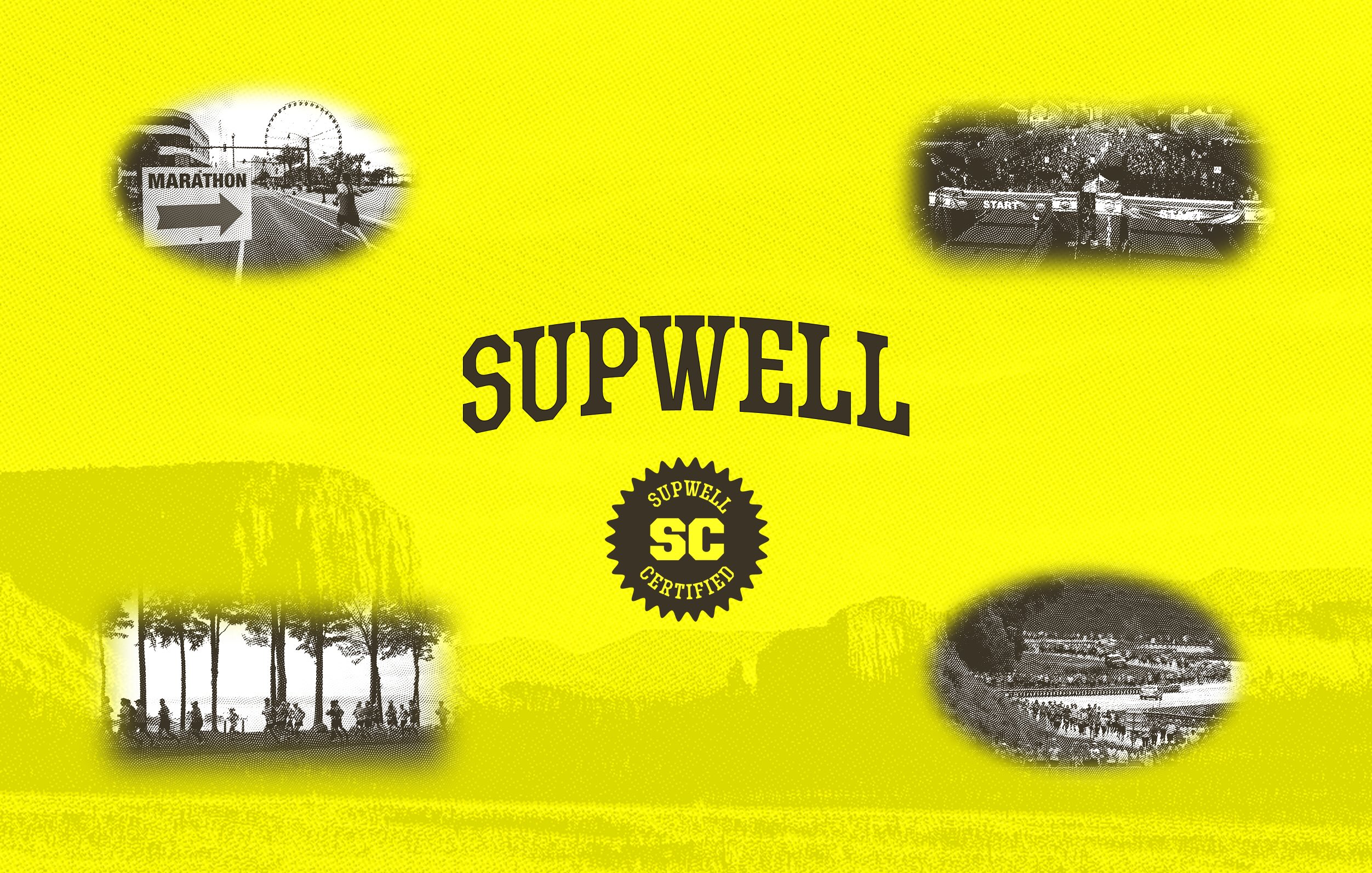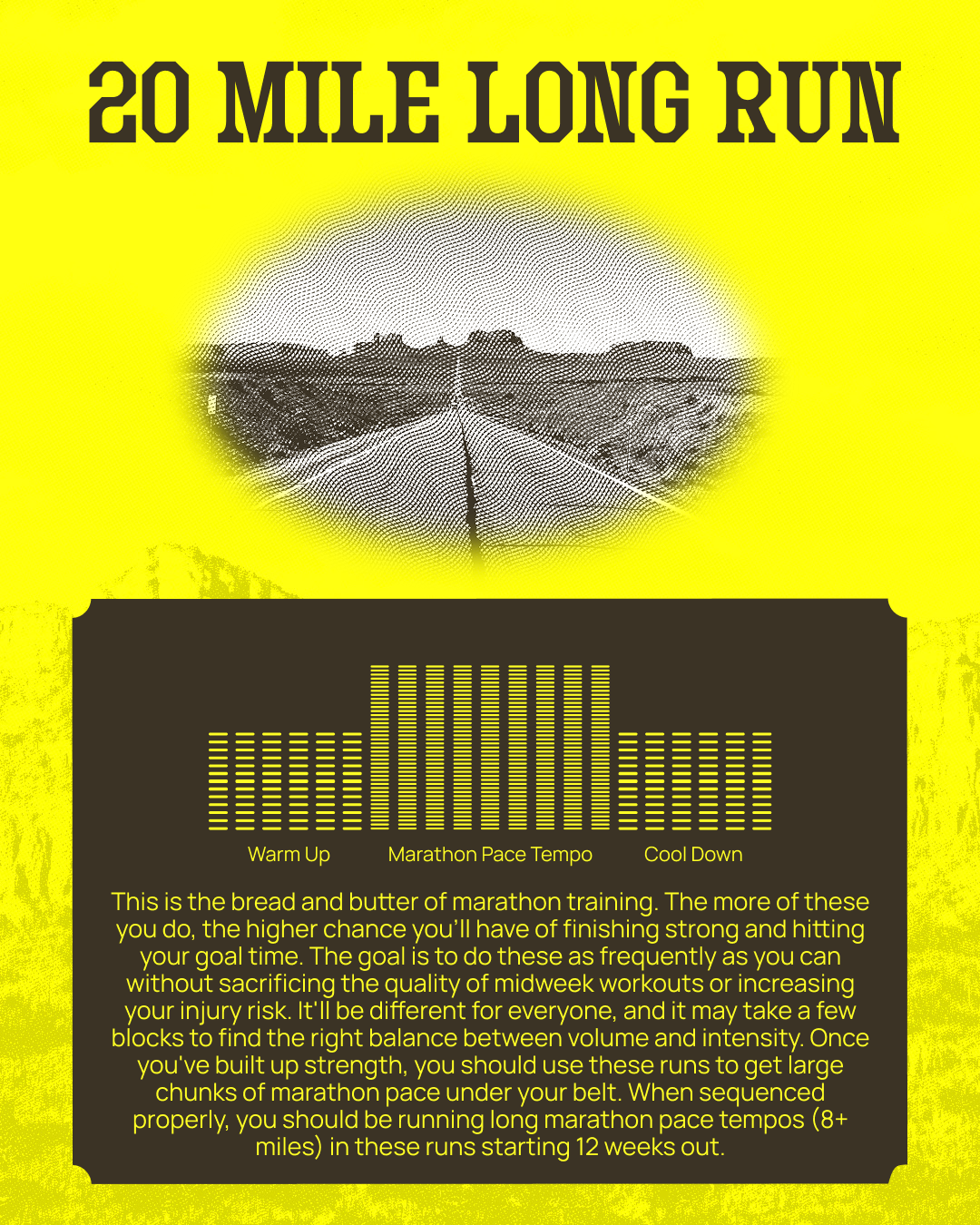10 Things I Learned From Running 10 Marathons
Below I’m detailing ten things I’ve learned after running ten marathons. Whether it is related to training, mileage, workouts, fueling, recovery, preparation, or mindset, there are many ways to improve on your marathon time and experience.


After having run ten marathons, I’ve definitely learned a few things that I want to share with you. I’ve run Marathon Majors, such as the Chicago Marathon in October of 2024 (PR time of 2:39) wearing the OG Saucony Endorphin Elite; large marathons like the Coast Guard Marathon in March of 2024 (2:49) wearing the ASICS Metaspeed Sky Paris; a 50K ultra-marathon in the West Virginia mountains; a treadmill marathon wearing the Nike Pegasus Premium; several time trials and just time of feet marathons in the streets of Mint Hill including a sub 3 hour marathon; a 30 mile long run in the Adidas EVO SL, right out of the box; and then finally the Baystate Marathon in October of 2025 wearing the Puma Fast-R 3. Here are the ten things I’ve learned after training for, and running, the marathon distance for the past 3 years:

1. Long Race Pace Tempos
The best marathon training blocks include long race pace tempos during high mileage weeks. This is the number one thing that I learned from this last marathon training block. This is important because the marathon distance is not just physical, it’s also mental. You need to be able to get out there when you’re running peak mileage or close to peak mileage and grind out 10 miles at marathon pace, 12 miles at marathon pace, maybe even 14 miles at marathon pace with one or two of the miles at threshold pace. It prepares you so well for the feeling of being halfway through and fighting through the mental battle of still having 13 miles left. These can be long runs with marathon pace miles in the middle or at the end or they can be stand-alone, mid-week tempo runs. You will gain the mental and physical stamina to be able to run that pace on tired legs and really internalize your marathon pace.
2. 16 Mile Tempo at Race Pace
The 16 Mile Tempo Run at marathon race pace does not lie. One of the pillars of my training has been doing a 16 mile tempo run a few weeks before the race. During this workout, you should have nice, even splits with a slight positive split progression at the end. This workout really help you figure out what your marathon pace truly is. It is not only a fitness builder, but it is also a confidence booster. If you can feel strong finishing that 16 mile tempo run a few weeks out, you will go into the taper feeling confident that you can hold that pace for 26.2 on race day.

3. High Mileage Training
One of the things that has worked for me in my marathon training is consistent high mileage training. I've been consistently running 100+ mile weeks for two years now. You need to be able to keep that aerobic base strong throughout the block and be able to run and execute on your workouts on tired legs, so that the pace feels effortless on race day when you are tapered. Ideally your mileage would peak four to five weeks out from the race. With each training block you can increase that weekly mileage until you reach what you think is the best mileage for you.

4. De-Training Can Occur Within 3 Weeks
If you are used to running a certain number of miles per week and you have to cut back on that for 3 or more weeks in a row, your aerobic fitness will suffer. Your resting heart rate may begin to climb or your heart rate and level of effort on aerobic runs may be slightly higher. It will be slightly different for everyone and will likely be longer the longer you’ve been running or shorter if you’ve just started running, but for me three weeks is where I start to see a loss of aerobic fitness. This is also why nailing the taper is so important.

5. The Best Taper is 2 Weeks
The goal of the taper is not to feel completely 100% fresh and rested. The goal is to reduce the training volume enough so that you can give it a good go on race day. For me, a two week taper, lowering the volume but keeping the intensity, is the perfect amount of time. Week one is 80-85% of peak volume and week two is 70%.
6. Mindset Matters
Feeling confident is crucial to having a good race. You need your recent training to make you feel confident about the paces you are trying to achieve. You can see during the race that people pick up the pace when they run by friends and family who are cheering them on and boosting their spirits. This is also why running a lot of race pace during the marathon block is so important; because if you can run marathon pace any day of the week no matter how you are feeling, it’s going to be a lot easier to just push through and hold pace on race day. It is also very helpful to have a plan of exactly what pace you are going to run and to have practiced that pace over and over again.
7. It's Good to Deal with Adversity
It is important to remember that even if you’ve gone through hard things in life in the past, it’s ok and good to continue to have to go through hard things. The reason I, and many people, like running is for the challenge of it. It gives you specific goals and metrics to reach for, strive for, and to achieve. And while running isn’t as big as other life challenges like losing a loved one or struggling to make ends meet, having the small challenges and working through them during training make us more capable of handling the big challenges, including those on race day.
.png)
8. Fueling
Fueling before and during a race is so important. For me, taking a Maurten gel every 30 minutes (and one pre-race while warming up or in the corral) is a good system. You need to practice this during your long runs and marathon pace tempos so that your body is used to what it feels like to take in the carbs and liquid when you are running hard. Also practice using the gels and same ratio of caffeinated to non-caffeinated gels you plan on using on race day. Carb loading is also important. For me 1-2 days out from the race has worked well. I don’t count the exact number of carbs, but I have found that drinking a lot of orange juice sits well on my stomach and makes it easier for me to consume the number of carbs necessary to fill up my glycogen stores. Also practice the pre-race fueling and carb-load during training before long runs. Eliminate the variables by nailing down your nutrition and having a solid plan that you feel confident about.
9. Your Race Shoes Don't Matter, Except When They Do
You shouldn’t be thinking about your race shoes constantly during the race. Make sure it is a shoe that you feel comfortable with and have logged plenty of miles in. One caveat, you may want to get a fresh pair of your race day shoes and run your last one or two workouts in the fresh pair to break them in and make sure they feel good and there aren’t any weird hot spots or rubbing. Make this another variable you can eliminate on race day. If you are at the tip of the spear of your fitness and performance, a great race shoe like the Puma Fast-R 3 can really give you that extra 3-4% benefit. If you mentally give up and are jogging, what shoe you have on is not going to matter.
Puma Fast-R Nitro Elite 3

10. Always Fight for a PR
The number one thing that I learned from my last race is I will always fight for a PR in any future race. Don’t let your mental focus slip when your goal time or race pace slips out of reach. Keep fighting for a PR, even if it isn’t your goal time or the exact PR you wanted to achieve. You will be much more at peace with yourself if you continue to fight and get that PR, even if it falls short of your A goal. It’s not easy to get a PR and you never know when you’ll get another chance to take a stab at it.
Supwell App
For great deals on gently used or brand new running shoes, sign up for the Supwell app. You'll get DAILY motivation, the most supportive hobby jogger community, best buy, sell and trade shoe marketplace and exclusive Hobby Jogger gear discounts, including access to the Running Warehouse code that will get you 20% off of clearance shoes.


Join the buy, sell, trade marketplace.
Find your next running shoe
Answer a few questions to find the best shoe based on your preferences and goals



